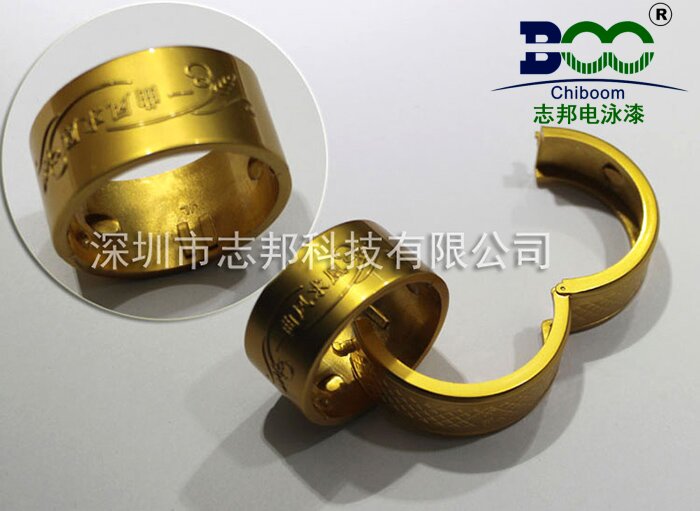Treatment Methods for Electrophoretic Paint Wastewater
In the vast canvas of modern industrial production, electrophoretic paint technology stands out for its superior corrosion resistance and decorative properties, widely employed across sectors such as automobiles, home appliances, and hardware. However, the widespread adoption of electrophoretic paint technology has also underscored the pressing issue of wastewater treatment. These wastewaters, laden with grease, heavy metals, and organic pollutants, pose a severe threat to the environment if discharged untreated. Consequently, exploring a green treatment pathway for electrophoretic paint wastewater has become an inevitable responsibility and challenge for us all.
Treating electrophoretic paint wastewater is a symphony of technology and environmental protection. Firstly, preliminary adjustment and homogenization of the wastewater are essential to ensure stable operation of subsequent treatment processes. By establishing wastewater equalization tanks, we can homogenize and buffer the wastewater, effectively reducing fluctuations in pollutant concentrations and providing stable water quality conditions for downstream treatment processes.
Next, addressing the diverse pollutants in electrophoretic paint wastewater requires tailored treatment strategies. For grease and suspended solids, physical removal methods coupled with coagulation-flocculation and air flotation emerge as top choices. By adding coagulants, suspended solids in the wastewater flocculate into larger particles, which are then adsorbed onto microbubbles generated by the air flotation unit and rise to the surface, enabling efficient removal of pollutants. This method is not only straightforward but also highly effective, eliminating most suspended solids and grease.

For heavy metal pollutants, chemical precipitation exhibits unique advantages. By introducing chemical precipitants into the wastewater, heavy metal ions undergo chemical reactions to form insoluble compounds that precipitate out. These precipitates can then be separated through filtration or centrifugation. This method is simple, cost-effective, and highly effective.
Treating organic pollutants, on the other hand, necessitates a more complex combination of physicochemical and biological treatment processes. Initially, physicochemical methods like advanced oxidation processes adjust the biodegradability and concentration of organics to suitable ranges for biological treatment. Microorganisms then take over, oxidizing and decomposing the pollutants through their life activities. Biological treatment not only efficiently removes dissolved organics from wastewater but also keeps treatment costs relatively low, with treated water quality meeting discharge standards.
Moreover, membrane separation techniques play a crucial role in electrophoretic paint wastewater treatment. Leveraging external pressure and semi-permeable membrane separation technology, these methods achieve solvent separation. Ultrafiltration and reverse osmosis are particularly prevalent in treating wastewater from electrophoretic paint coating processes. These methods further remove tiny suspended solids, dissolved organics, and other pollutants, enhancing the quality of effluent water.
In conclusion, treating electrophoretic paint wastewater is a complex and arduous task. However, by adhering to green and environmentally friendly principles and continuously exploring and innovating treatment technologies, we can undoubtedly find an economical and efficient green treatment pathway. Let us work together to contribute to protecting the environment and promoting sustainable development.





 WeChat
WeChat